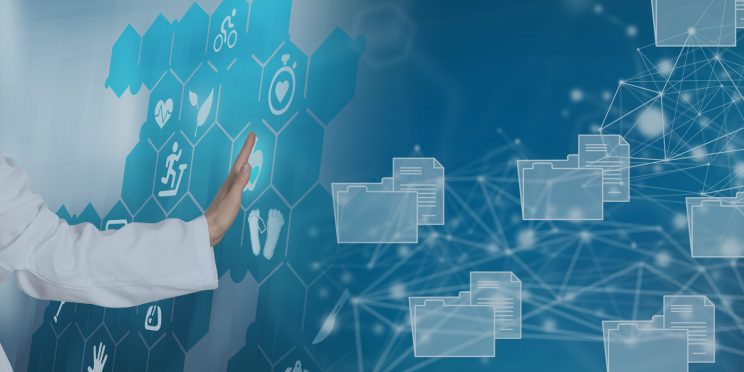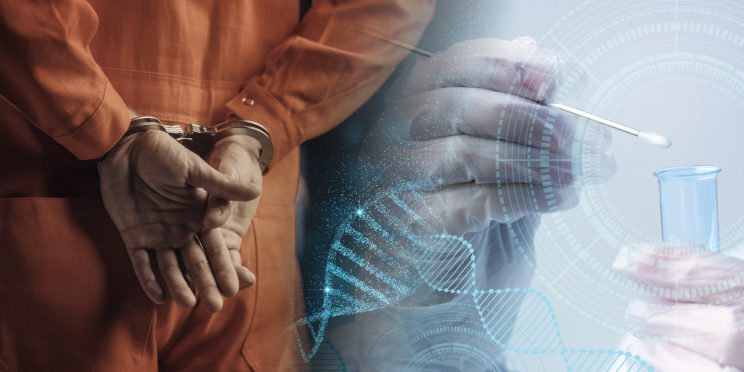This module originally occurred on June 12, 2019
Duration: 4 hours
Overview
Module 5: Representation of Statistical Weight to Stakeholders and the Court
Forensic DNA experts in the U.S. generally have experience in communicating evidentiary weight based on binary interpretation approaches and match probabilities. Since their usage in testimony dates to the 1980s, many attorneys and judges are accustomed to the presentation of DNA evidence on these terms. This module is one of two in the Probabilistic Genotyping of Evidentiary DNA Typing Results web series that is focused on helping DNA analysts, law enforcement officers, and legal professionals understand degrees of statistical weight and communicate likelihood ratios properly. Speakers will discuss different ways in which the results of probabilistic genotyping can be accurately communicated in discussions with non-scientists, laboratory reports, and testimony, with the ultimate goal of promoting understanding of meaning, accuracy, and consistency in the expression of results. The SWGDAM recommendations for reporting likelihood ratios will be detailed, along with an explanation of the empirical basis for the SWGDAM verbal scale that may be used to supplement the likelihood ratio in laboratory reports and testimony. Particular attention will be given to fallacious reasoning and the misrepresentation of the likelihood ratio.
Detailed Learning Objectives
- Properly articulate likelihood ratio statements
- Describe the likelihood ratio and its meaning in a way that is understandable to laypersons
- Convey levels of statistical support based on empirical data
- Recognize phrasing of questions asked of the expert witness that could potentially lead to a misrepresentation of the LR (e.g., prosecution fallacy, defense fallacy)
Presenters
- David Kaye | Penn State University School of Law, University Park, Pennsylvania
- Tamyra Moretti | Federal Bureau of Investigation, Quantico, Virginia
- Steven Myers | California Department of Justice, Richmond, California
Funding for this Forensic Technology Center of Excellence webinar has been provided by the National Institute of Justice, Office of Justice Programs, U.S. Department of Justice.
The opinions, findings, and conclusions or recommendations expressed in this webinar are those of the presenter(s) and do not necessarily reflect those of the U.S. Department of Justice.
Contact us at ForensicCOE@rti.org with any questions and subscribe to our newsletter for notifications.




